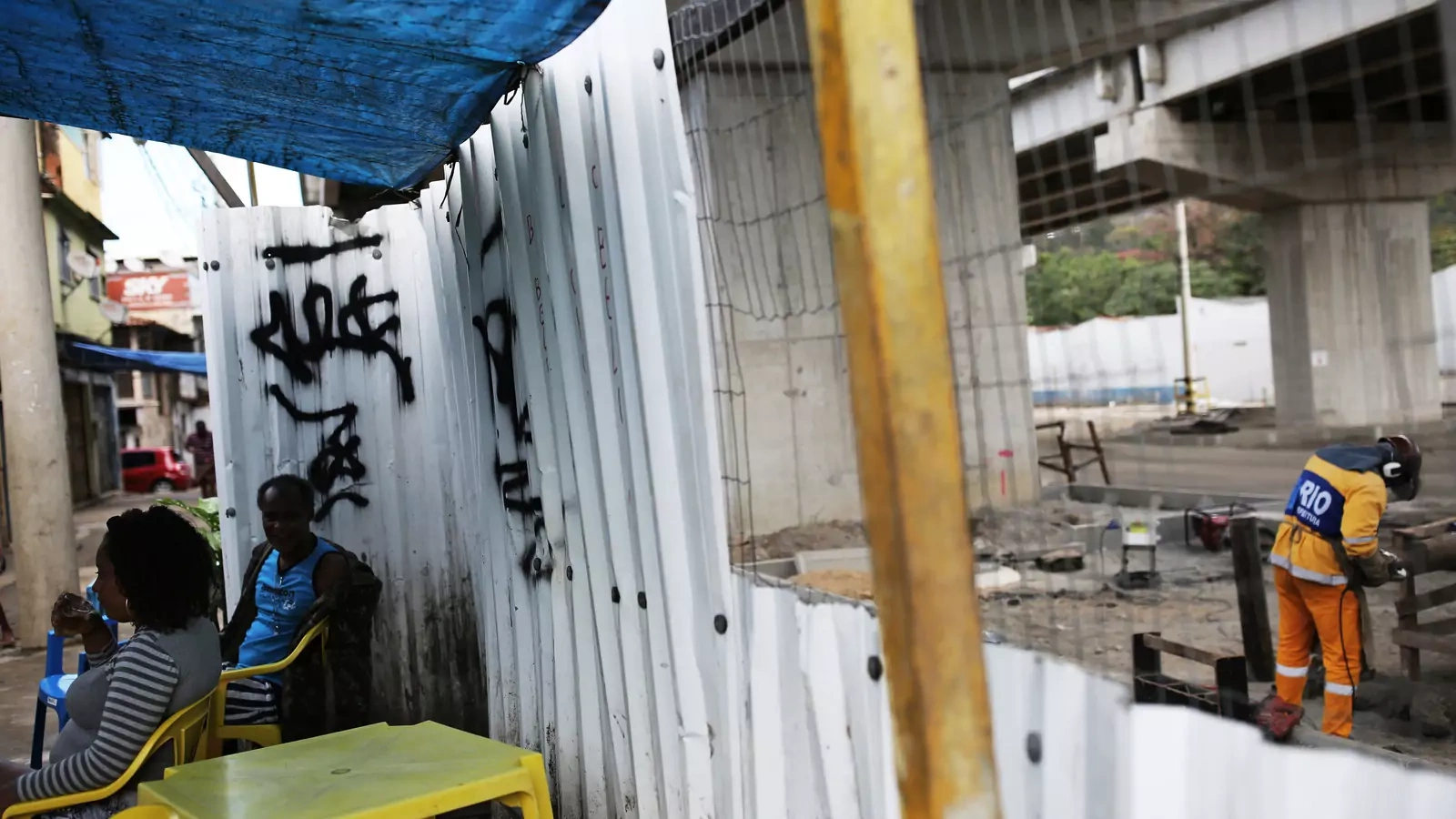Tackling Non-Inclusive Growth

Rigorous research on the causes and consequences of unequally distributed growth is necessary to identify solutions. But the best analysis means little in the absence of hands-on consensus-building and political engagement.
September 26, 2017 1:22 pm (EST)

- Article
- Current political and economic issues succinctly explained.
MILAN – Several years ago, I had the privilege of chairing a commission on growth in developing countries. Its members had significant economic, political, and social policymaking experience in the developing world, and despite their differences, they all agreed on certain crucial points. Two still stand out in my memory.
First, as we concluded in our final report, non-inclusive growth patterns will always ultimately fail. Such patterns cannot produce the sustained high growth that is necessary for reducing poverty and fulfilling basic human aspirations for health, security, and the chance to contribute productively and creatively to society. They underutilize and misuse valuable human resources; and they often give rise to political or social turmoil, often marked by ideological or ethnic polarization, which then leads either to wide policy swings or to policy paralysis.
More on:
Our second broad conclusion was that sustained growth requires a coherent, adaptable strategy that is based on shared values and goals, trust, and some degree of consensus. Of course, achieving that is easier said than done.
Many developing countries have experienced extended periods of slow or no growth. In some cases, a country’s leaders are simply confused, and do not understand what needs to be done. In most cases, however, the ingredients of an effective “growth model” are well known, and the problem is a lack of political or social consensus about how to implement it.
Achieving a higher growth equilibrium is rarely a gradual or incremental transition. It requires a discontinuous leap in expectations and policies, and a fundamental shift in the political and social consensus. When these shifts occur, leadership plays a crucial role, by providing citizens with an alternative vision, based on common values, that all stakeholders can support. Such leadership can come from above, from below, or from a representative group. But as the persistence of low-growth equilibria in many countries shows, it often doesn’t come at all.
The spillover effects of non-inclusive growth are already evident almost everywhere, to varying degrees, in the form of social polarization, policy gridlock and incoherence, and a generalized loss of public trust. In this respect, developing countries’ experience holds potentially important lessons for policymakers and various stakeholders in advanced economies.
There has been some progress in identifying the factors causing economic inclusiveness to decline in the last three decades. This is important: only by understanding the nature of the challenge can we develop more effective responses to it. If we misdiagnose the problem with a flawed or rushed analysis, our response will be ineffective, and probably even counterproductive.
More on:
That said, the analyses conducted so far have not yet generated widespread awareness of the threat that non-inclusive growth poses to productivity and economic performance as conventionally measured. The adverse economic effects of non-inclusive growth grow and multiply slowly over time, and will continue to do so in the absence of collective action—usually but not necessarily manifested through government—to shift prevailing distributional patterns.
Some would disagree with this proposition, because they believe that the factors behind economic performance and dynamism are independent of distributional patterns. But I would remind them of the second lesson from developing countries’ experience: non-inclusive growth patterns undermine trust and eventually governance, in turn undercutting policymakers’ ability to sustain policies and strategies that support high growth.
To put it bluntly, insightful analysis has its uses, but change will not happen without a widespread social and political convergence around shared values and objectives—something that is sorely missing in many countries today. People need to trust one another and their leaders, and they need to agree on how to assess and respond to polarizing economic and social trends.
At the same time, continued inaction will fuel alienation, creating a vicious circle of distrust and paralysis that will have to be broken before effective action can occur. There are already many important initiatives dedicated to various dimensions of the inclusiveness challenge, which include not just income and wealth inequality, but also automation, artificial intelligence, and the future of work. Despite their good intentions, it remains to be seen if any of these initiatives will pave the way for effective policy responses.
The value of insightful analyses of such complex problems should not be discounted. But we cannot assume that getting the diagnosis right will be sufficient to overcome political gridlock. The other key ingredient is direct engagement. Restoring public trust will require a deep and sustained commitment, and a new consensus that is broad enough to overcome the political and social divides that are now legion across advanced economies.
From this perspective, the proliferation of commissions and other initiatives that are structured around inclusion, which might seem excessive and redundant under less polarized circumstances, is actually very encouraging. Convening diverse voices from business, industry, labor, government, academia, and civil society—and doing so as frequently as possible—is exactly what is needed right now.
The engagement aspect of the inclusive-growth mission may seem a bit nebulous, especially next to concrete analysis. Nevertheless, it is crucial. Bringing together people who disagree or even distrust one another is the first step toward building a foundation for collective action in the future.
This article originally appeared on project-syndicate.com.
 Online Store
Online Store